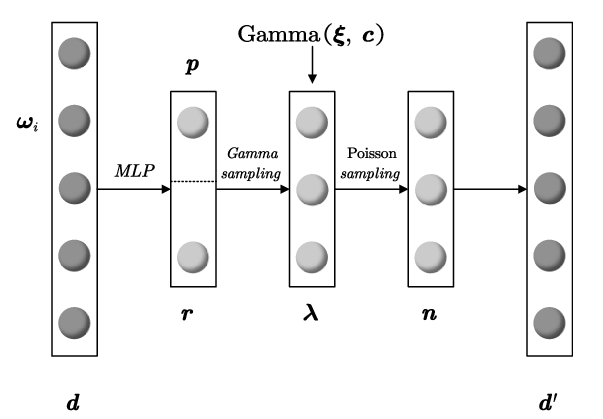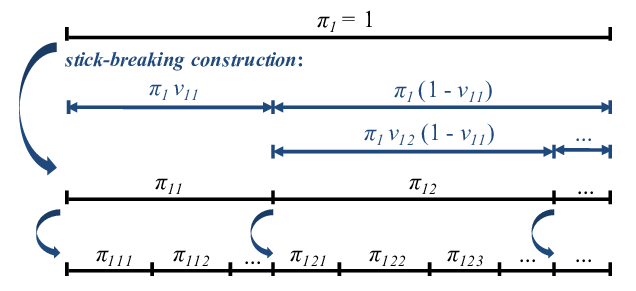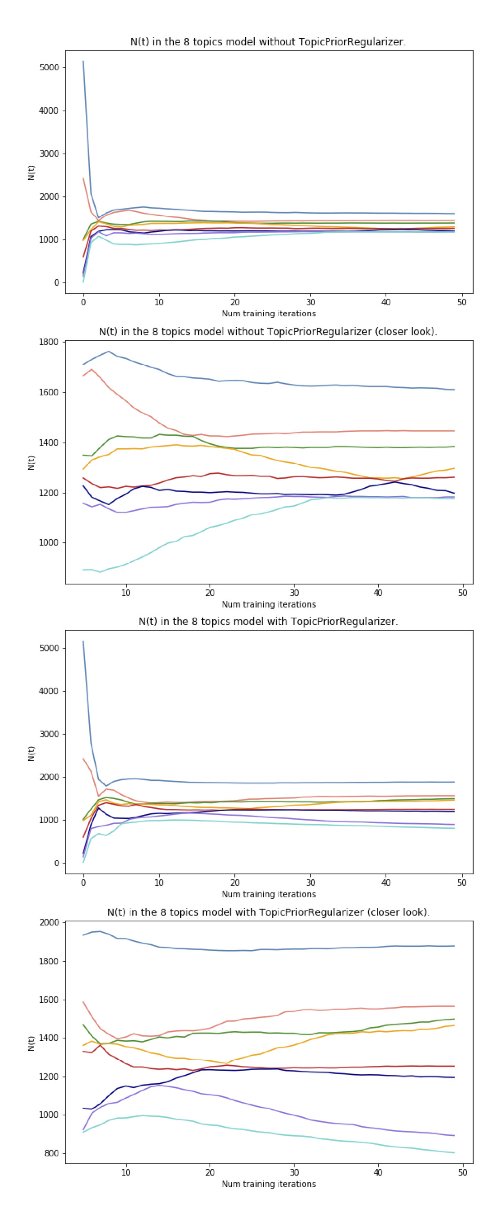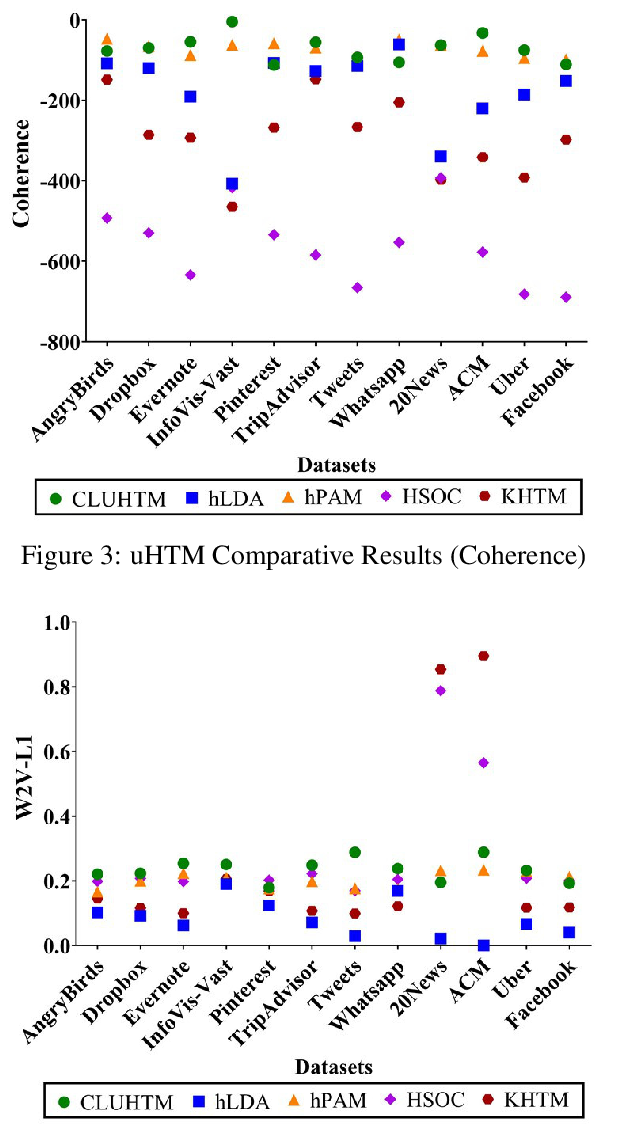Neural Topic Modeling with Bidirectional Adversarial Training
Rui Wang, Xuemeng Hu, Deyu Zhou, Yulan He, Yuxuan Xiong, Chenchen Ye, Haiyang Xu
Information Retrieval and Text Mining Long Paper
Session 1A: Jul 6
(05:00-06:00 GMT)

Session 2A: Jul 6
(08:00-09:00 GMT)

Abstract:
Recent years have witnessed a surge of interests of using neural topic models for automatic topic extraction from text, since they avoid the complicated mathematical derivations for model inference as in traditional topic models such as Latent Dirichlet Allocation (LDA). However, these models either typically assume improper prior (e.g. Gaussian or Logistic Normal) over latent topic space or could not infer topic distribution for a given document. To address these limitations, we propose a neural topic modeling approach, called Bidirectional Adversarial Topic (BAT) model, which represents the first attempt of applying bidirectional adversarial training for neural topic modeling. The proposed BAT builds a two-way projection between the document-topic distribution and the document-word distribution. It uses a generator to capture the semantic patterns from texts and an encoder for topic inference. Furthermore, to incorporate word relatedness information, the Bidirectional Adversarial Topic model with Gaussian (Gaussian-BAT) is extended from BAT. To verify the effectiveness of BAT and Gaussian-BAT, three benchmark corpora are used in our experiments. The experimental results show that BAT and Gaussian-BAT obtain more coherent topics, outperforming several competitive baselines. Moreover, when performing text clustering based on the extracted topics, our models outperform all the baselines, with more significant improvements achieved by Gaussian-BAT where an increase of near 6% is observed in accuracy.
You can open the
pre-recorded video
in a separate window.
NOTE: The SlidesLive video may display a random order of the authors.
The correct author list is shown at the top of this webpage.
Similar Papers
Neural Mixed Counting Models for Dispersed Topic Discovery
Jiemin Wu, Yanghui Rao, Zusheng Zhang, Haoran Xie, Qing Li, Fu Lee Wang, Ziye Chen,

Tree-Structured Neural Topic Model
Masaru Isonuma, Junichiro Mori, Danushka Bollegala, Ichiro Sakata,

Topic Balancing with Additive Regularization of Topic Models
Eugeniia Veselova, Konstantin Vorontsov,

CluHTM - Semantic Hierarchical Topic Modeling based on CluWords
Felipe Viegas, Washington Cunha, Christian Gomes, Antônio Pereira, Leonardo Rocha, Marcos Goncalves,
